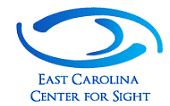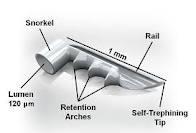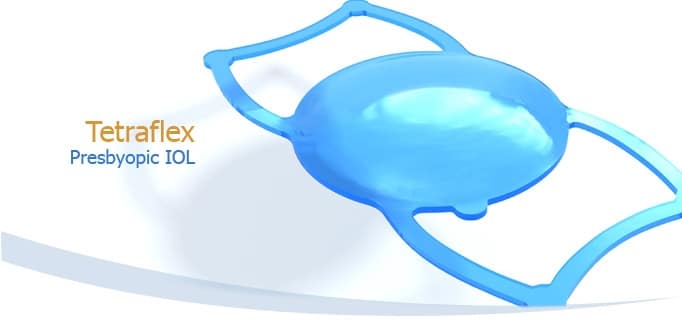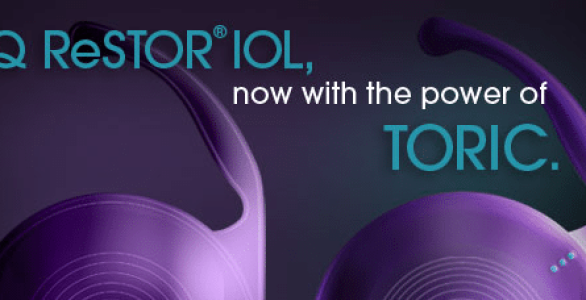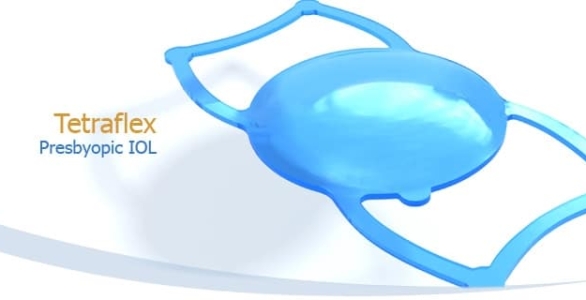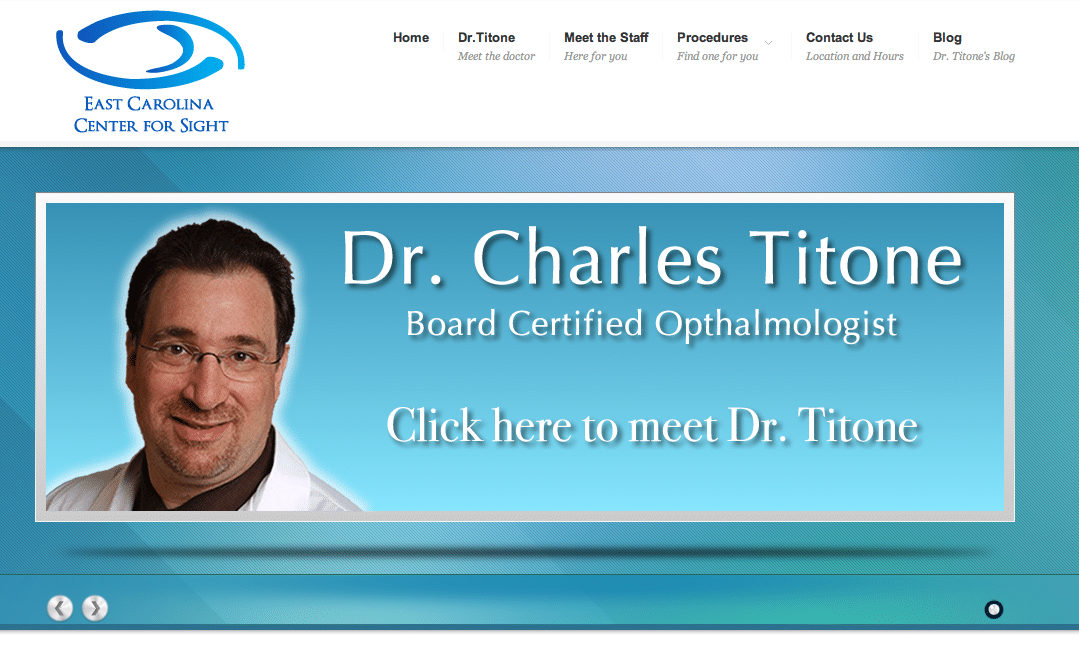Refractive Laser Assisted Cataract Surgery Coming to East Carolina Center for Sight
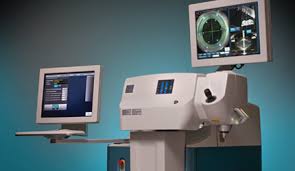
I am excited to announce the arrival of Refractive Laser assisted cataract surgery (ReLacs) at East Carolina Center For Sight.
ReLacs is a package of services including:
The LenSx Laser from Alcon: A Femtosecond laser to make all incisions in the eye including the lens to achieve the most accurate and reproducible currently available surgery. Use of the laser results in a safer procedure. Less ultrasound is necessary to remove the lens particles as well.
Multiple additional eye measurements using different methods and multiple different methods of calculation to allow me to get the most accurate determination of your intraocular lens power. This is in addition to the standard measurements done in regular cataract surgery.
The ReLacs package can be paired with a Lifestyle lens; Multifocal or Toric to allow the best correction and rehabilitation of your vision.
Animation LenSx
[vsw id=”66040194″ source=”vimeo” width=”425″ height=”344″ autoplay=”no”]
Live surgery with LenSx , Ultrasound is used in second half of surgery to remove lens fragments but the amount of energy is much less than conventional surgery.
[vsw id=”ZImHT3vXuVI&start=79″ source=”youtube” width=”425″ height=”344″ autoplay=”0″]
The most recent software updates have made the laser faster, the imaging sharper, and the interface better improving the procedure even more.
[vsw id=”60857233″ source=”vimeo” width=”425″ height=”344″ autoplay=”no”]
See if you are a candidate for ReLacs with the LenSx Laser! Schedule your evaluation Today.
FDA approves Technis Toric IOL
The FDA has approved the Technis Toric IOL! This adds a third choice for toric implants for ophthalmic surgeons in the US. The single piece acrylic IOL is based on the previous Technis platform.
http://www.abbott.com/press-release/abbott-announces-fda-approval-and-us-launch-of-the-tecnis-toric-intraocular-lens-for-cataract-pat.htm
Stay tuned.. AAO in November
I will be posting all the new devices, expanded indications and other exciting developments from the AAO in Chicago.
iStent new treatment for glaucoma
The iStent device has been FDA approved.
This will add to the growing number of aqueous bypass devices available to ophthalmic surgeons. This device is unique in that it can be inserted though the same incision used during cataract surgery with no additional external surgery like the other devices. Because it is a stent it has less likelihood of dysfunction by scarring that is seen in incisional angle surgery.
Preloaded IOL’s
Preloaded IOL’s have been slow to be adopted in the USA. Alcon has had the SN60 available for many years in a B cartridge and recently released it in a C. Lenstec the makers of SoftecHD received FDA approval for the SoftecHD PLI(pre loaded injector) a few months ago and expects release in the US market by the end of the summer or early fall. The system looks very well conceived and easy to use.
News from the Kiawah Eye Meeting
Wow! what a meeting. Great Venue, Great Format, Fantastic panel of Ophthalmic surgeons. Highly recommended to all Ophthalmologist and Eyecare providers. This meeting presents new groundbreaking techniques, new takes on current techniques as well as those still under study. The interactive case format for complex surgical problems was outstanding. All the speakers were highly accessible and very receptive to any questions.
On to the News.
CXL (cornea collegen crosslinking) studies for ectiasia and Keratoconus
Bill Trattler, M.D and Eric Donnenfeld related their findings of their studies, overall there is great success in halting corneal thinning, there is even some regression. The indications seem to point to early intervention rather than treating advanced cases. The american studies lean toward epithelium on techniques rather than epithelium off techniques used in Europe. What is all this in english..and why is it important? This procedure consists of exposing the front of the eye (the Cornea) to an ultavioloet light source for approximately 30 minutes. The cornea is treated with Riboflavin (one of the B vitamins). The collagen in the cornea becomes crosslinked (forms bridges between individual collagen strands) making the cornea stiffer resisting forward bowing. The treatment can be done in the doctors office. The FDA has not approved this treatment in the US yet. There are several centers involved in studies.
Who is this treatment for:
- Patients with Keratoconus ( a genetic disease of the cornea causing it to thin and bow forward causing progressive nearsightedness).
- Patients who have had LASIK of PRK and have ectasia (a condition that causing thinning and progressive nearsightedness)
Laser Cataract Surgery
Richard Mckool, Eric Donnenfeld, Dick Lindstrom, Bill Trattler and Ugday Devgan all gave us their take on The New LenSX and LensAR Laser cataract units that are now FDA approved. Optimedica is not far behind and will introduce a unit soon. They all think these units will allow great improvements in cataract surgery while decreasing patient risk. The surgeon still has to enter the eye to remove the lens fragments and to insert a new prosthetic lens (IOL). The units are very expensive to purchase and have a per use fee, This will increase the cost of surgery to the patient. Most of us doing premium lens surgery will use these lasers in the near future, charging the patient one fee for Refractive Cataract surgery with a premium lens and Laser incisions with Laser assisted cataract removal (LACR). See the Videos below. Exciting times to be an Ophthalmologist!
[vsw id=”xoL5qvOro_4″ source=”youtube” width=”425″ height=”344″ autoplay=”0″]
[vsw id=”FgdiXwOtxc4″ source=”youtube” width=”425″ height=”344″ autoplay=”0″]
[vsw id=”JHeT27ivKDo” source=”youtube” width=”425″ height=”344″ autoplay=”0″]
Intraocular Lenses
Just a brief note Alcon quietly introduced a preloaded version of Its IQ Acrysof lens in a C cartridge along with the other lenses I mentioned in the previous post. These are useful in places where staff is unavailable or unable to load the lens, decreases chance of contamination or lens damage. Previously only a B cartridge pre loaded was available, this was unsuitable for small incision surgery.
[vsw id=”x-Tv08nzrkg” source=”youtube” width=”425″ height=”344″ autoplay=”0″]
Lasik guidelines for thin corneas
 LASIK in thin corneas with normal topographies
Posted by William B. Trattler, MD September 23, 2010 03:37 PM
Having returned from the European Society of Cataract and Refractive Surgeons’ annual meeting in Paris, I feel fortunate to have had the opportunity to see firsthand how many European surgeons approach patients in both cataract and refractive surgery, as they have technologies ranging from topography-guided PRK, toric multifocal implants, toric phakic IOLs and many other interesting devices. Besides interesting technologies, I also had the chance to learn how Europeans approach various controversial topics in refractive surgery. Of particular interest to me was the discussion on LASIK in thin corneas. Although some doctors may suggest that any cornea that is not within two standard deviations of the average corneal thickness is “abnormal,” the scientific data strongly support the fact that there is no direct relationship between corneal thickness and corneal strength when corneal topography is normal. And, in fact, we have learned from cross-linking that the same cornea after cross-linking is thinner but significantly stronger. Obviously, the real question is how do eyes with thin corneas and normal topographies fair with LASIK? At the ISRS symposium at ESCRS, Dr. Steven Schallhorn shared the latest data from Optical Express, which has numerous LASIK centers distributed throughout Europe. Dr. Schallhorn shared the results of a series of more than 80,000 eyes that have undergone LASIK, including more than 2,000 eyes with corneas thinner than 500 µm and normal topographies. Dr. Schallhorn noted that the early results reveal that no eyes with thin corneas had developed ectasia, while three cases of ectasia developed in eyes of patients with corneal thickness above 500 µm. When taken in the context of the six peer-reviewed articles in the medical literature that looked at the results of LASIK in thin corneas with normal topography, it is my strong belief that corneal thickness as an isolated parameter has no bearing on the risk of ectasia after LASIK. Obviously, it is natural for surgeons to work very hard to ensure that topographies of patients with thin corneas do not have any signs suggestive of early keratoconus. As well, it should be noted that some of the European doctors I spoke with still prefer PRK for corneas thinner than 500 µm — but noted that this was not based on any concrete evidence.
|
What’s New in Ophthalmology
Alcon announced the immediate availability of their expanded range of Acysof T6 through T9 Astigmatism correcting Intra ocular lens implants. This means we can now correct a broad range of Astigmatism with the lens we put in the eye at the time of cataract surgery allowing more patients to be eyeglass free after surgery! We have been using the lower power Acrysof Toric lenses T3-T5 with great success. Patients with higher astigmatism needed additional surgery to fully correct vision, now most patients can be done with the lens alone. Patients with even higher astigmatism that could not be fully corrected at all can now be corrected with additional surgery. These new lenses correct from 2.57 to 4.11 diopters of astigmatism. You can learn more about this lens here http://www.reclaimyourvision.com/acrysof-iq-toric-iols.aspx.
If you are wanting better reading vision theAlcon Acrysof Restor lens has to be a great choice for your Cataract or Clear lens replacement surgery; soon the astigmatism correcting feature of the Acrysof toric Intraocular lenses will be combined with this lens for patients with astigmatism! Alcon just announced these lenses outside the USA, after FDA approval they will be available here. Learn more here http://www.restortoric.com/.
On the Focusing lens front (We call these Accommodating Intraocular lenses): Lenstec’s Tetraflex is an intraocular lens implant (IOL) that is used for cataract surgery. The Tetraflex IOL accomodates to give a range of vision. The Tetraflex is not yet FDA approved in the United States, but is currently in use in Europe. Lenstec will also introduce Tetraflex HD after FDA approval. Lenstec’s Softec HD is a precision monofocal lens that is already FDA approved for single focus lens replacement. The expected advantage of the Tetraflex and Tetraflex HD over the Softec HD is a wider range of sharp vision without glasses or contact lenses for distance, computer, and reading activities. The lens works by flexing within the eye when patients attempt to read. Dr Titone uses the SoftecHD lens by Lenstec its clarity of vision reported by patients is impressive, we are looking forward in offering the TetraflexHD to our patients when it becomes FDA approved.
Tetraflex reviews have been favorable by surgeons and patients. Tetraflex lens in the news Click this link to an article by a U.S. surgeon who has implanted Tetraflex as part of the FDA trials.
See the TV news story about patient who had Tetraflex IOL in Miami during U.S. FDA trials.
The New Website
After looking over my father’s online presence (or lack thereof) I approached him with the idea of redesigning a brand new website. He quickly agreed and here we are today. Welcome to the new Eccsight.com!
My father wanted a website that could accomplish a few main goals. He wanted a website that serves as a destination for future patients to gather information on a variety of procedures he specializes in. The second goal was to provide a hub for all of East Carolina Center for Sight’s social media. This website will now house the very blog you are reading, as a place for Dr. Titone to update the community about the latest and greatest news in the opthalmology world. Eccsight.com serves as the main hub for ECC’s Facebook, Twitter and other social media networks.
The last thing my father wanted to accomplish with the new Eccsight.com was to increase transparency between the doctor patient relationship. He wanted all future and current patients to be able to find more information about him and his staff. He also wanted to increase two way communication via our contact form and various social media networks.
So take a look around, and let us know what you think! Leave us a comment on this post or via the contact form in the main menu. We all sincerely hope our new website helps us serve the community in the best possible way.
